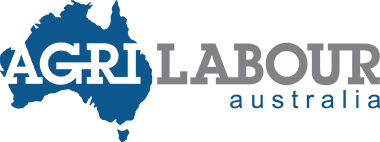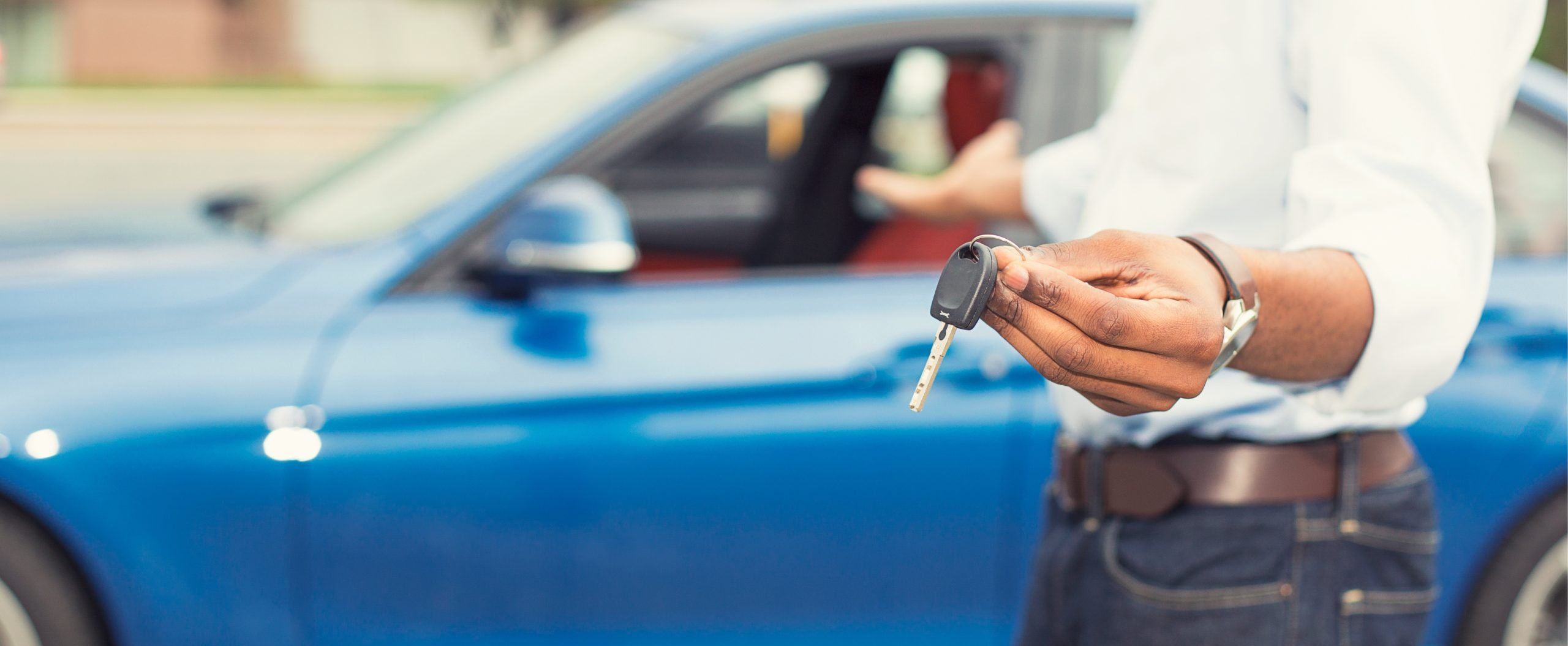If you’re planning on travelling in Australia, you might be considering buying a car. This can be a daunting experience and you might be unsure of where to start – so we’ve put together a handy guide to making the process stress-free.
Before you start
- Driver’s license – ensure you have a valid overseas licence or have already converted it to an Australian licence. Check with your local transport authority for conversion procedures.
- Visa and residency – most visas allow car ownership. However, it’s best to always double-check the specifics of your visa to ensure you’re eligible.
- Budget – consider the total cost of ownership, not just the price of buying the car. You will need to factor in registration, insurance, fuel and maintenance costs.
Finding your car
- New vs used – new cars come with warranty benefits, but used cars offer a more affordable option. While new cars offer the latest features and warranties, they tend to be significantly more expensive. On the other hand, used cars are more budget-friendly but may come with higher maintenance costs. Evaluate your budget and priorities, and weigh the pros and cons of each option.
- Dealers vs private sellers – buying a car from a dealership can offer peace of mind and often comes with warranties, but buying a car from a private seller can often be cheaper. It’s important you research both options carefully.
The buying process:
Inspection – before making a purchase, schedule a test drive to assess the car’s condition and performance firsthand. Pay attention to factors such as engine noise, handling, brakes and comfort. Use this opportunity to ask the seller or dealer any questions you may have about the vehicle. It is also recommended to get a pre-purchase inspection by a qualified mechanic before finalising the purchase.
- Paperwork – once you’ve found the perfect car and secured financing and insurance, it’s time to complete the transfer of ownership. Ensure all necessary paperwork is in order, including the transfer of registration, proof of insurance and any applicable warranties or guarantees. Be prepared to pay stamp duty and registration fees as part of the purchase process.
- Insurance – car insurance is mandatory in Australia, so it’s essential to arrange coverage before driving the vehicle. Research different insurance providers and policies to find one that offers the right level of coverage at a competitive price. Consider factors such as comprehensive coverage, third-party liability, and optional extras like roadside assistance. CTP insurance covers injuries to others in an accident, whereas Comprehensive insurance is additional protection against theft, damage, and fire.
- Registration – after completing the transfer of ownership, register the vehicle in your name with the relevant state or territory authority. This process typically involves submitting the necessary paperwork, paying registration fees and obtaining number plates for the vehicle. Keep in mind that registration requirements may vary depending on your location.
- Servicing and maintenance – once you’ve purchased your car, don’t forget to maintain it regularly to ensure optimal performance and longevity. Schedule routine services, oil changes, and inspections as recommended by the manufacturer.
And that’s it! Hopefully these tips help you secure the perfect car for your Aussie adventures. Before you set off though, check out our essential tips for driving safely in Australia.





